Climate jargon buster – your guide to the key terms
Want to know your greenhouse gases from your fossil fuels? You’ve come to the right place. Here’s your guide to the meaning of some key climate-related terms.
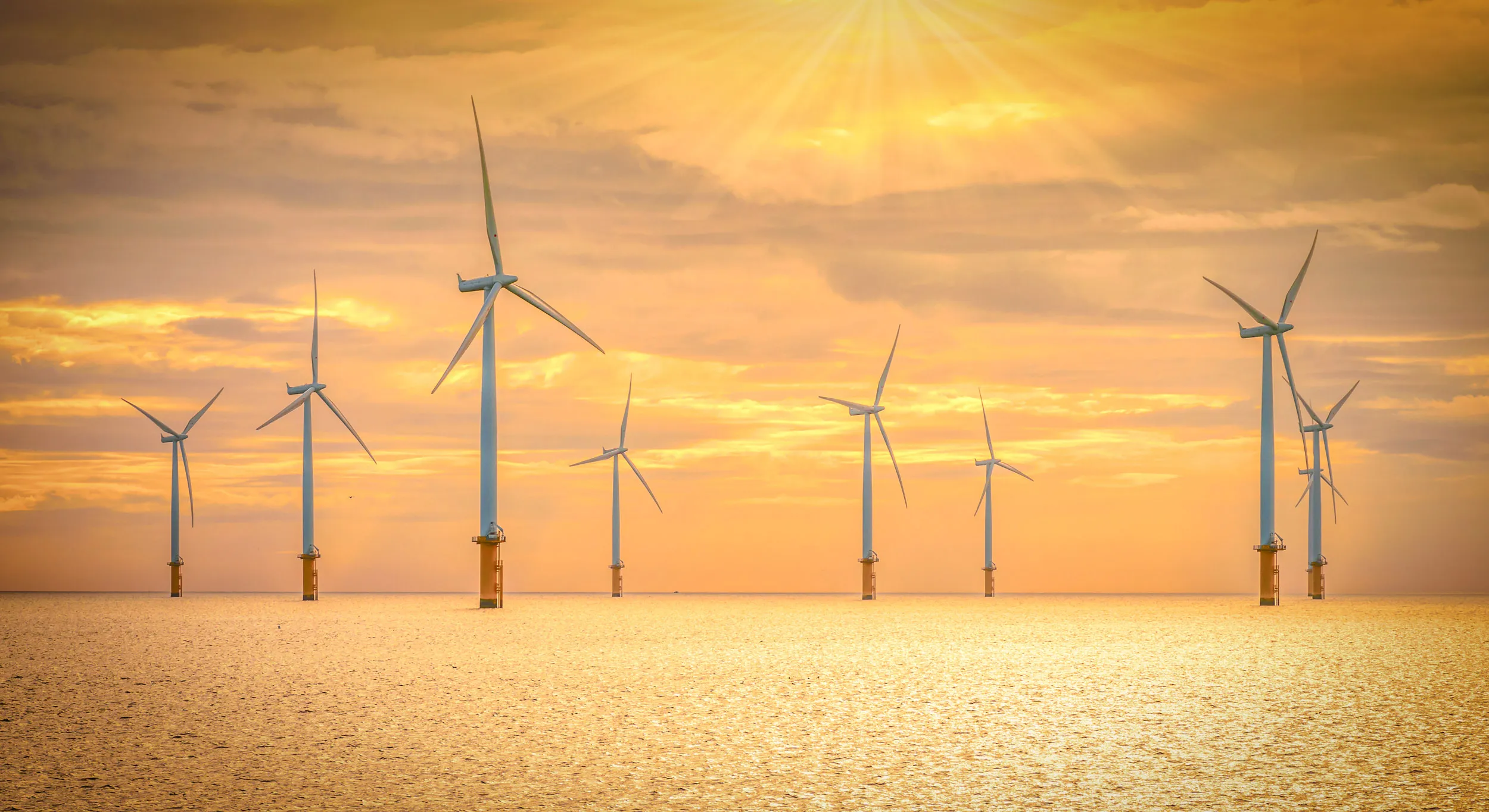
On this page
The climate crisis is the most pressing issue of our time. Solving it will take all of us, every member of society, getting stuck in and doing their bit.
Language is a crucial part of this – after all, the words in news articles and scientific studies warn us that something isn’t right and let us know how we might go about changing it. They’re also how we at the RSPB sound the alarm about the devastating impact that climate change is having on our wildlife and wild spaces.
But sometimes words and phrases could be clearer, and that’s certainly true of some key examples to do with the climate crisis. That’s why we’ve compiled a list of some commonly used and easily confused terms that either directly relate to climate change or that are often used in conversations about the topic.
We've divided them up into six sections – climate and energy, waste, economy, nature, farming and people. Read on for your climate jargon buster aka a list of some key climate-related terms and what they mean.
Climate and energy
The energy we use has a direct impact on the health of our planet. Read on to find out how.
The environment
The natural world around us, which includes all living and non-living things like our oceans, seas, animals and plants.
Example: The health of the environment impacts all living things.
Climate change
Changes in Earth’s weather and temperature patterns over the long term caused by human activity. These changes are generally making parts of the the planet less suitable for living things.
Example: Climate change is causing flooding events to become more common in the UK.
Example: Climate change is causing flooding events to become more common in the UK.
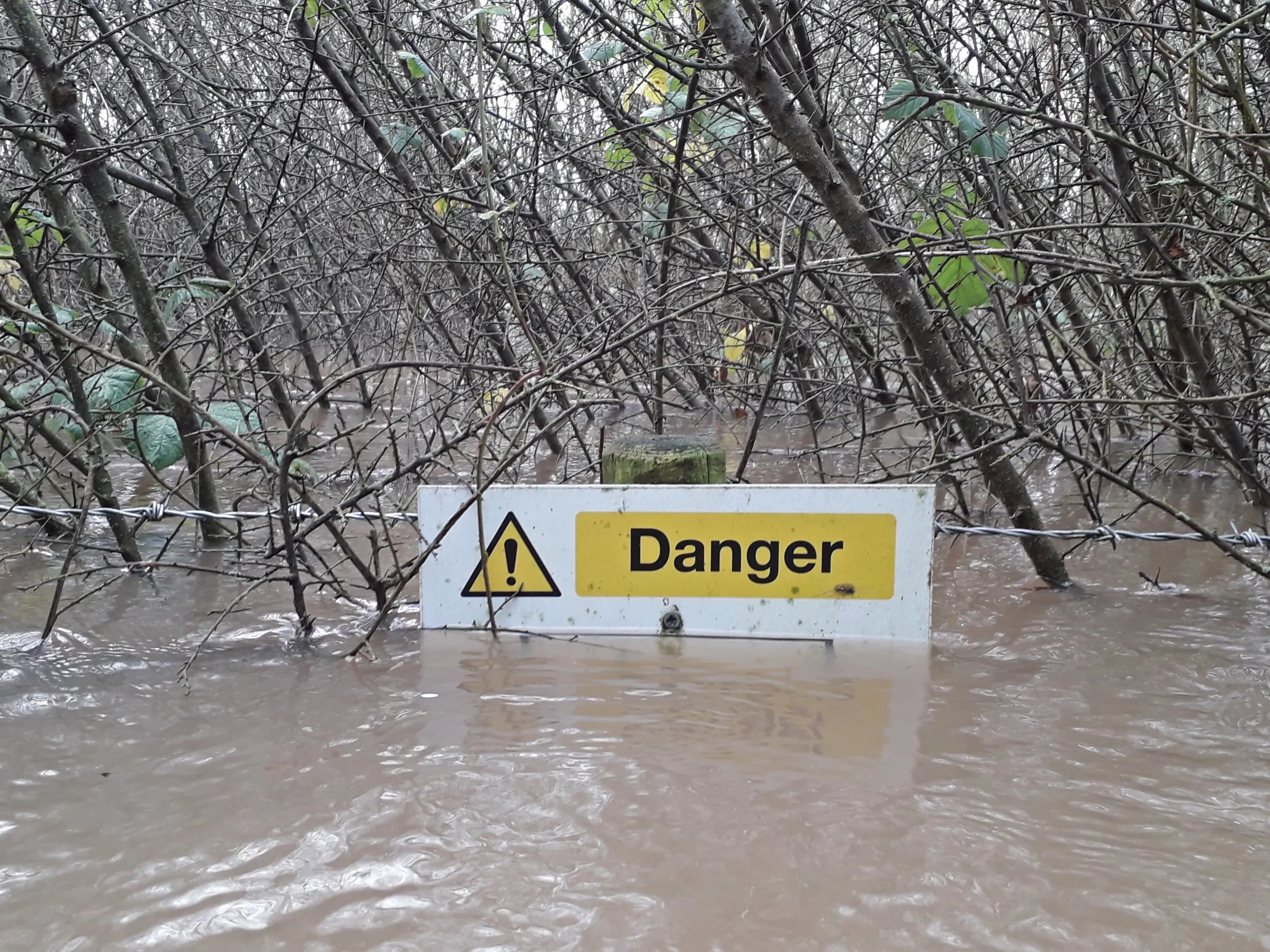
Global warming/heating
The rise in the average temperatures on Earth.
Example: Global warming is caused by the release of greenhouse gases into Earth’s atmosphere (the mix of gases that surrounds our planet).
Greenhouse gases
Gases in Earth’s atmosphere that raise the temperature of our planet, including carbon dioxide and methane. They create a layer in the Earth’s atmosphere which traps heat and keeps it in, contributing to global warming. Carbon dioxide is a gas created released from burning fossil fuels such as petrol and oil and methane is a by-product of our food industry and waste disposal system (landfills).
Example: The use of fossil fuels releases greenhouse gases into our atmosphere.
Fossil fuels
A term for non-renewable energy sources including coal, oil and gas. These were created over millions of years by the decomposition of plant and animal matter. They are non-renewable because we do not have an endless supply of them. The use of them as energy sources is harmful for the environment because they release greenhouse gases into the atmosphere.
Example: The use of fossil fuels as energy sources is a key cause of the climate crisis.
Renewable energy
Energy from sources that are naturally and constantly renewed.
Example: Wind and solar power are examples of renewable energy.
Climate crisis
A situation of real and extreme risk to all life on Earth caused by global heating and its effects including the increase in extreme weather events such as drought, floods and wildfires.
Example: Climate crisis is an alternative term for climate change, designed to highlight the urgency of the situation and the action needed.
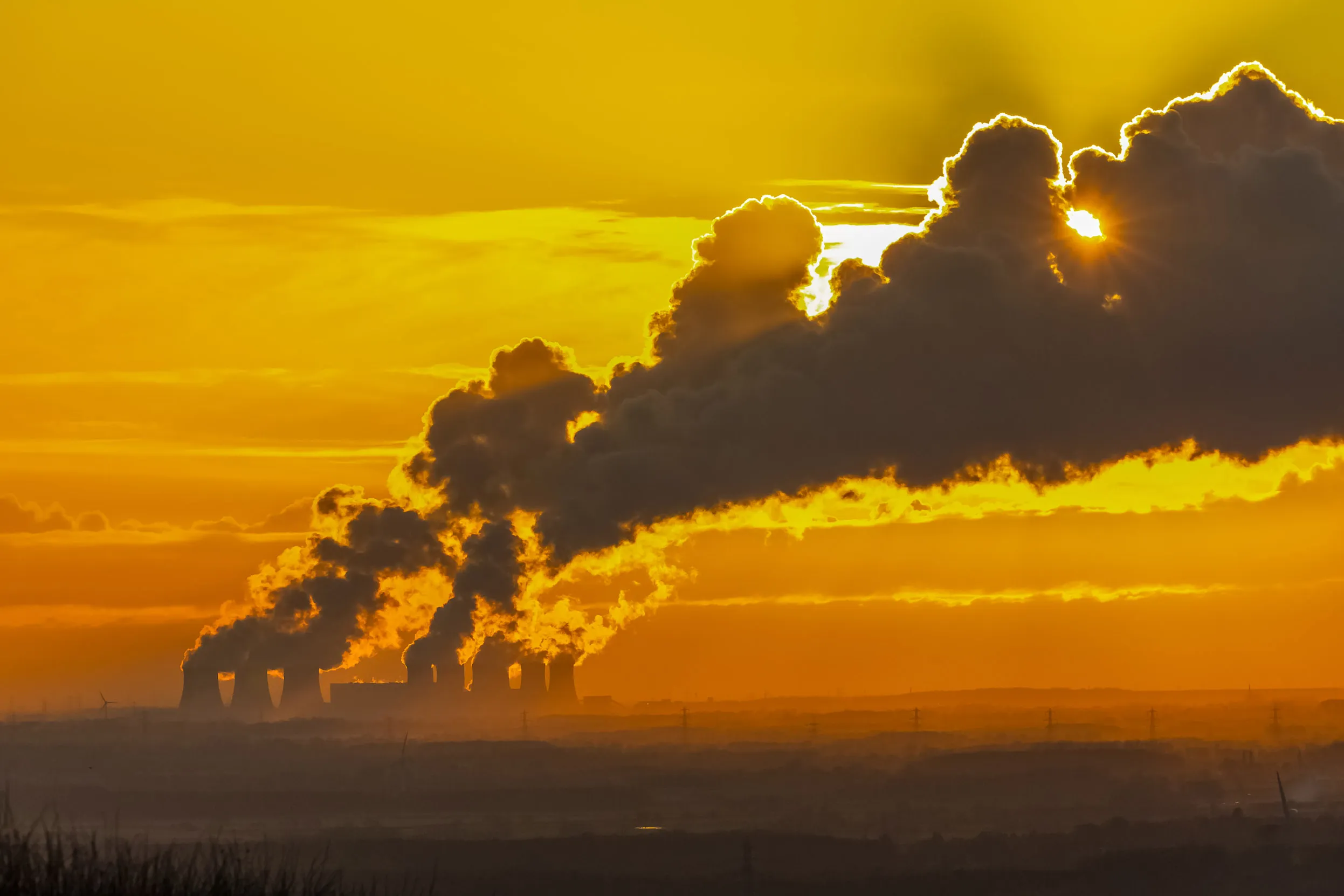
Net zero
Net zero means reaching a place where human activity is not adding more carbon to our atmosphere than planet Earth is naturally able to absorb and store. Natural carbon absorbers and storers include forests, the oceans and peat bogs.
Example: The RSPB supports urgent action to reach net zero as soon as possible in the UK and by 2045 at the latest..
Climate change adaptation
Action taken to help people or wildlife deal with the impacts of climate change.
Example: Planting trees in towns and cities can be an example of climate change adaptation. Trees can help cool the environment, making these areas more livable even as global temperatures rise.
Green
A product, process or action that has a less harmful impact on the environment (than an alternative) or a positive impact on the environment.
Example: Beeswax paper is a green alternative to cling film.
The green transition
The period in which we are moving towards a sustainable future, where human activity does not harm the planet.
Example: After the green transition, we will no longer rely on fossil fuels as energy sources.
Environmentally friendly / eco-friendly
Similar to ‘green,’ this is something that has a positive impact on the environment or at least a less harmful impact than an alternative.
Example: Planting a wildflower meadow is an environmentally friendly action.
Sustainable
A product, process or action whose use can be continued without depleting the Earth’s natural resources and avoiding harm to the environment or people.
Example: Wind and solar power are types of sustainable energy.
Environmentalism
A global social and political movement that aims to protect our planet and its natural resources.
Example: A key part of environmentalism is working to reduce the impacts of climate change.
Climate action
Any action that helps combat climate change or its effects or that helps communities of people or wildlife deal with climate change.
Example: An example of climate action could be attending a protest, writing to your MP about environmental issues, it could be governments creating and meeting net zero targets, and more.
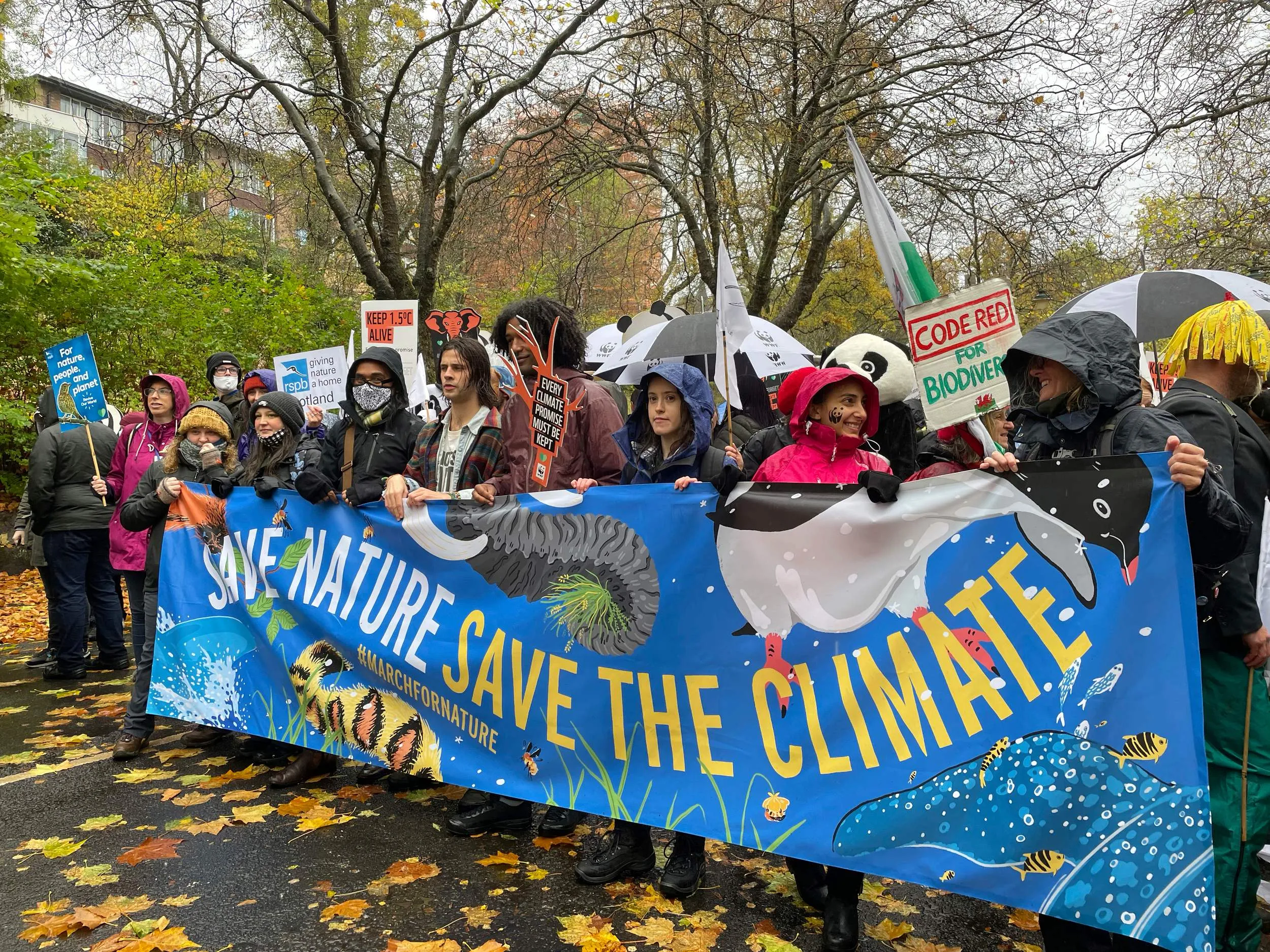
Carbon footprint
The total amount of greenhouse gases (including carbon dioxide) that the actions of an individual, an organisation, a nation etc. produce.
Example: Travelling by train instead of plane is a way to reduce your carbon footprint.
Carbon offsetting
A practice where individuals or organisations support environmental projects to try and compensate for their negative impacts on the environment or their carbon footprint.
Example: When a celebrity uses a private jet, they may donate to a tree planting initiative to ‘offset’ the carbon created by their flights.
COP
Stands for Conference of the Parties (COP) – the name for United Nations conferences to tackle the climate and nature crises, where countries meet to agree what action should be taken.
Example: At COP15, nations agreed an important biodiversity framework.
IPCC
Stands for Intergovernmental Panel on Climate Change (IPCC). It is part of the United Nations and is designed to provide governments with information about the status of the climate crisis and the best ways of managing it.
Example: The IPCC’s reports provide useful data on the impact of the climate crisis.
Waste
Waste not only pollutes our environment, it contributes directly to climate change. Landfills – where much of our waste ends its life – are a major source of methane (a greenhouse gas). Around the world, millions of tonnes of plastic waste are produced each year. The process of creating plastic plastic uses fossil fuels and releases greenhouse gas emissions that are harmful for our planet.
Single-use plastics
A type of plastic that is usually only used once before being thrown away. Single-use plastic often makes its way into the environment where it can cause serious problems for wildlife. 12 million tonnes of plastic ends up in rivers and seas each year, where it can be mistaken for food or accidentally digested.
Example: Plastic cutlery is a type of single-use plastic.
Degradable
Something that is capable of being broken down. Technically any substance can be, but degradable isn’t always what it seems. Plastic degrades, but it takes hundreds of years to do so and degrades into microplastics – which cause problems of their own and have the potential to stick around in the environment forever.
Example: Plastic toothbrushes are technically degradable, but they take so long to do so that all the plastic toothbrushes each of us has ever used are still out there somewhere.

Biodegradable
Something that can be broken down by living things including bacteria. But careful, although this one sounds good and is better than things that are simply ‘degradable’ – there are drawbacks. Often, biodegradable items will still take a long time to break down and may do so in a way which is harmful for the environment.
Example: Metal cutlery is biodegradable, but you still shouldn’t put it on your compost heap.
Compostable
Items made from natural materials that can be broken down within a specific time frame and safely reintroduced to the natural environment. This sounds brilliant, but unless something is labelled as ‘home compostable’, the chances are it will need to be composted in industrial conditions (with higher temperatures than can be reached on a typical home compost heap) to break down within the given time frame.
Example: Items made from environmentally friendly alternatives to plastic are not always compostable.
Home compostable
Items that are safe to be put on a compost heap in your garden. Unless packaging states that an item is home compostable, it may need to be composted in industrial conditions to be safely broken down.
Making your own compost at home is a great way to cut down on the waste you send to landfill. It can also help reduce the amount of methane produced by your waste – as home compostable items like fruit and veg scraps produce less of this greenhouse gas on the compost heap than when sent to landfill. Interested? Check out our home composting guide.
Example: Brown paper bags are usually home compostable.
Economy
The economy can't be separated from climate change. The industrial revolution, which transformed our economic system, also marked the beginning of the human activity (including the burning of fossil fuels) which has led to the warming of our planet. As a result, we can't tackle climate change without transorming our economic system. New models and economic ideas could be the key.
Circular economy
An economy in which waste is reduced as much as possible (or avoided completely), where products are reused, repaired or recycled, and where the environment is protected and restored.
Example: A circular economy recycles its waste into new products.
Greenwashing
When organisations present themselves as taking serious and effective action to protect the environment but behind the scenes they are not making meaningful change or misleading about the changes they are making,
Example: An example of greenwashing could be when a company launches a line of products made from sustainable materials, but doesn’t take action to make their operations any less wasteful or harmful to the environment. It could also be when a company calls a product recyclable, but in fact it is only recyclable in very specific conditions that the average user will not be able to access.
Green jobs
Jobs that support the use of or move to renewable energy; protect and restore the environment; or help people and wildlife adapt to climate change.
Example: There are many types of green jobs across all sectors. It could be someone who repairs solar panels for a living, a scientist who studies how damaged peat bogs release carbon, or a warden on an RSPB reserve.
Nature
Climate change is the largest threat to nature, but nature is also key in helping tackle climate change and manage its impacts.
Ecosystem
All the living things that exist in a certain area and their interlinked relationships.
Example: A rainforest and all the living things in it are an ecosystem. From the smallest microorganism through to elephants and tigers – they are all connected and rely on each other for health and survival.
Biodiversity
The mix of different living things that you’ll find in an area.
Example: The biodiversity of a woodland includes fungi, lichen, trees and birds.
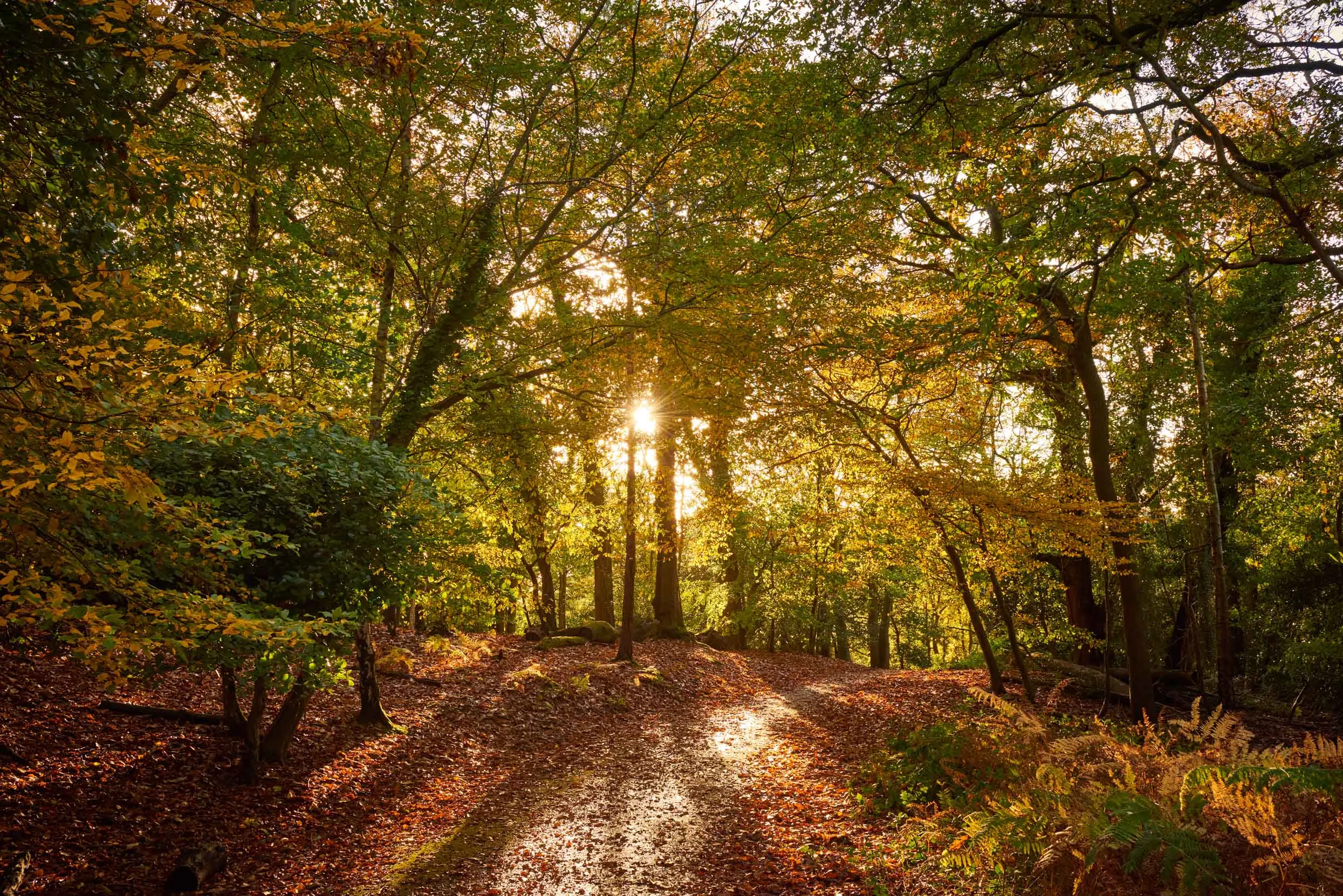
Biodiversity loss
When the wildlife in an area becomes less varied. Warming temperatures can lead to biodiversity loss, by making habitats less suitable for wildlife.
Example: If a species of bird was no longer found in a woodland, that woodland would be less biodiverse than before.
Nature Positive
A global movement with the aim of protecting nature by 2030 and restoring it by 2050.
Example: Nature Positive goals include preventing any more species from going extinct.
Conservation
To protect something for the future – in the RSPB’s case this can be wild spaces, entire ecosystems, individual species, important habitats and more.
Example: At the RSPB, tackling the climate crisis is a key part of our conservation efforts.
Nature restoration
The process of helping natural habitats which have been damaged or depleted return to health.
Example: At RSPB reserves, we are involved in nature restoration – this could be the recovery of damaged peat bogs or replanting native trees in woodlands.
Species reintroduction
Returning a species to a location where it was once found in the wild but from which it has been lost, with the aim of creating a thriving population once again.
Example: The RSPB has been involved in species reintroduction projects which have seen Beavers return to habitats in Scotland.
Farming
As 70% of the UK is farmland, what happens there is key to the health of our environment. The farming industry is also the source of 48% of the UK's methane (a greenhouse gas) emissions and, depending on the methods used, it can pollute the surrounding environment too. That's why it's important that farmers are supported in using methods that are kinder to the environment, more welcoming of wildlife and that help tackle climate change rather than contribute to it.
Industrial agriculture
The farming of crops and animals on a large-scale with a focus on producing as much food as possible (high yield).
Example: Since World War 2, farming policies have generally rewarded industrial/intensive agriculture and encouraged farmers to increase the productivity of farmland and turn all available land over to food production, even if that meant removing hedgerows and turning wetlands and habitats over to farmland.
Nature-friendly farming / agroecology / regenerative agriculture
Terms used to describe methods of producing food that work in harmony with nature and the environment, nurturing the land rather than depleting it.
Example: RSPB’s Hope Farm is a brilliant example of nature-friendly farming – it shows that it’s possible to run a successful farming business while caring for the surrounding nature.
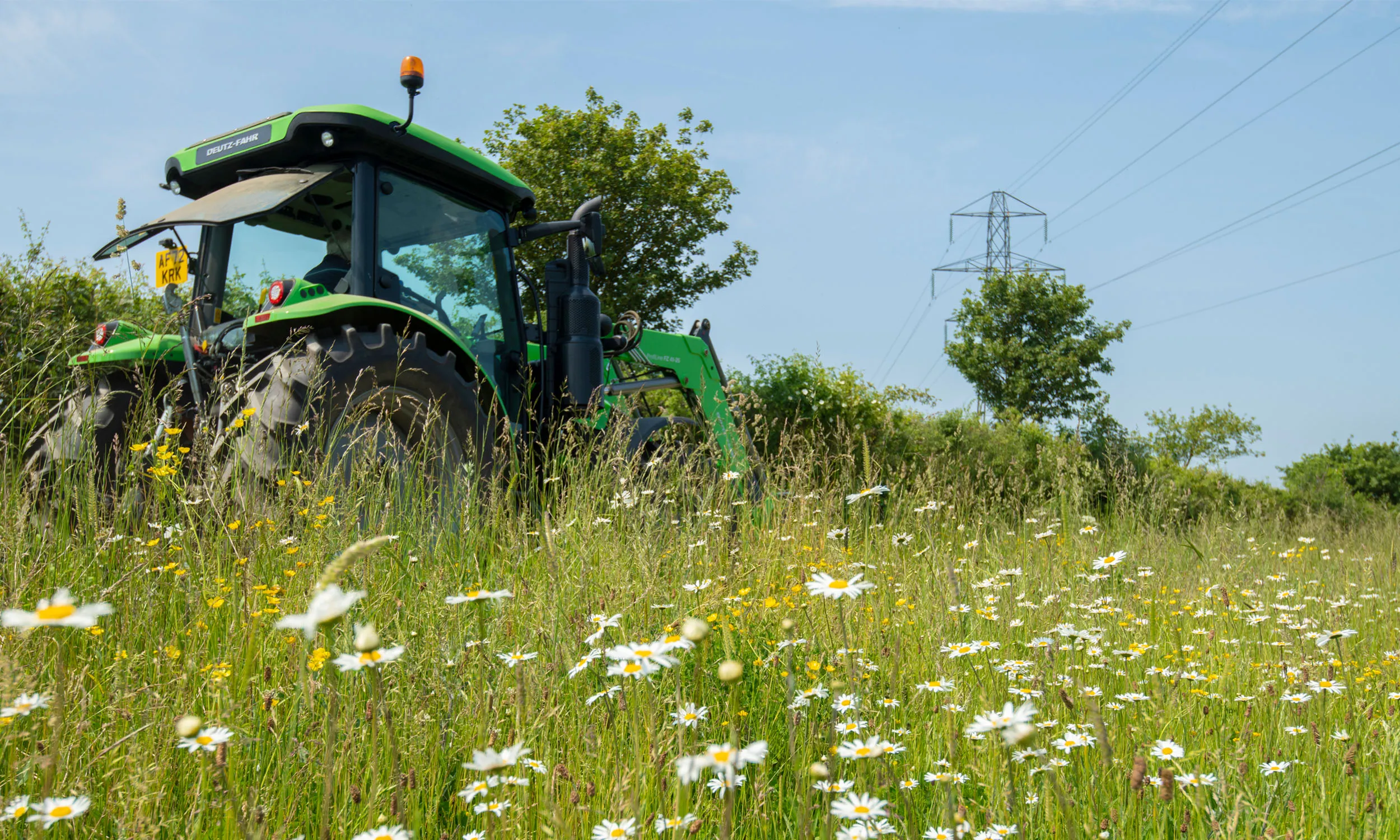
People
Climate change is a threat to all living things and humans are no exception.
Eco-anxiety
Fear, worry and/or a sense of dread about the climate crisis and the possible impacts of not taking early and effective action to manage it.
Example: Taking action to protect the planet can be a way to help tackle eco-anxiety.
Intersectionality
How forms of discrimination (including sexism, racism, homophobia, ableism and more) overlap, combine with and intensify one another to produce unique impacts and dynamics.
Example: Black women face discrimination due to their race and gender, the combination of the two also creates unique experiences of inequality.
Intersectional environmentalism
Intersectional environmentalism is when people as well as planet are prioritised – it considers how discrimination and power imbalances mean that some groups of people will be worse affected by the climate crisis than others.
Example: Including representatives from the Global South (countries in the south of the world, which tend to be poorer overall than countries in the north and which are more affected by climate change) in key climate conferences is an example of intersectional environmentalism.